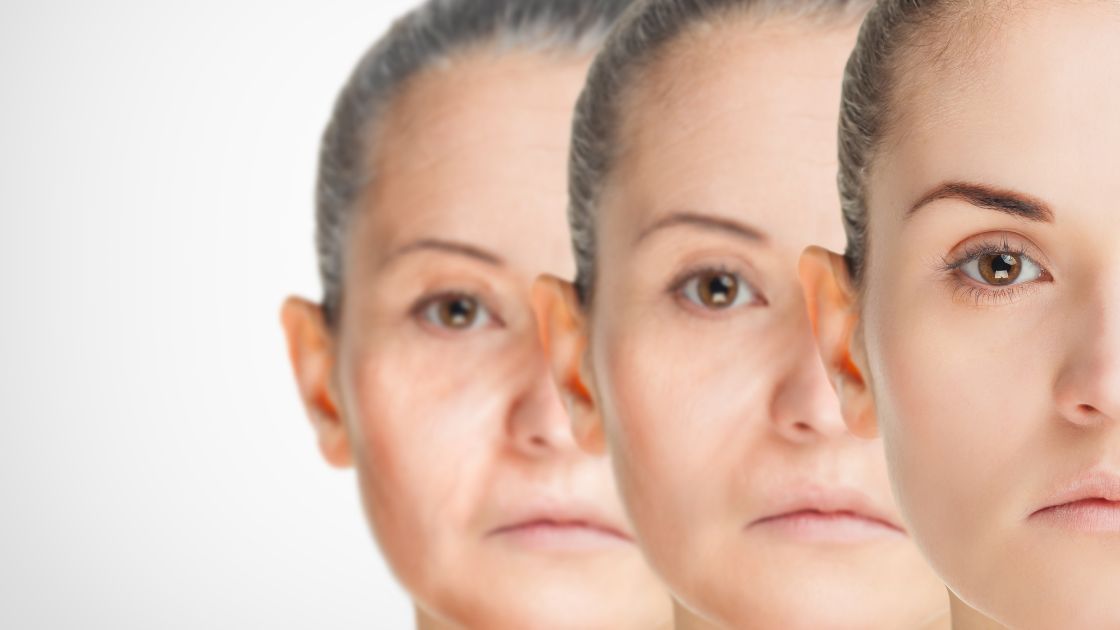As we age, cellular changes happen — telomeres shorten, DNA is damaged, stem cells stop replicating, tissues can’t regenerate…
It’s all a downhill slide in old age towards death.
Or is it? A 2022 article in the journal Aging and Disease makes the argument for “geroplasticity”. Geroplasticity is the idea that aging is plastic, meaning that aged tissues and cells can be rejuvenated and turned back to a less aged state.
The article explains the factors that are involved in rejuvenation, called rejuvenins in the article, and the factors that drive aging, called geriatrin.
Rejuvenins are factors that continuously maintain cellular function and rejuvenate damaged cells. These factors are abundant in youth and progressively decline with aging.
The other side of the picture is the progressive increase in geriatrins, or the factors that cause adverse impacts on cells in aging.
Animal studies show that plasma from young animals can rejuvenate old animals, and plasma from old animals can cause aging in young animals. This seems to be the basis for the idea of rejuvenins and geriatrins — the circulating factors that change from youth to old age.
Let’s take a look first at the negative side: geriatrins.
The author lists the increase in reactive oxygen species (ROS, oxidative stress) and the increased in homocysteine specifically as geriatrins. Oxidative stress in cells can have a number of causes including toxicant exposure (pesticides, smoke, heavy metals, etc), cellular senescence, intestinal barrier dysfunction, circadian rhythm disruption, and glucose intolerance. All of these lead to ‘inflammaging‘ or the idea that inflammation and elevation of inflammatory cytokines cause aging.
Homocysteine is an intermediate in the methylation cycle, and levels of homocysteine rise with age. Higher levels of homocysteine can lead to post-translational protein modifications.
Read more about homocysteine on Genetic Lifehacks
The positive side of the equation is rejuvenins, which are high in youth and decline with age.
The article states: “Rejuvenation is short-lived and continuous release of rejuvenating factors is required to maintain a youthful phenotype and their gradual loss can progressively result in the development of an aging phenotype. In other words, rejuvenation is plastic, requiring active maintenance, and withdrawal of rejuvenins promotes aging.”
What is included in the rejuvenins category? Melatonin, alpha-ketoglutarate, telomerase, hGH plus DHEA, NAD+, carnosine, antioxidants, and spermidine. All of these decline in aging, and all are important in cellular rejuvenation. For example, melatonin levels decline as the pineal gland calcifies, and melatonin is important as an intracellular antioxidant (preventing DNA damage) and for setting circadian rhythm. Similarly, alpha-ketogluterate levels decline and supplemental alpha-ketoglutarate is being researched to prevent aging.
All in all, it is an interesting article that is worth reading on the processes involved in reversing cellular aging.
